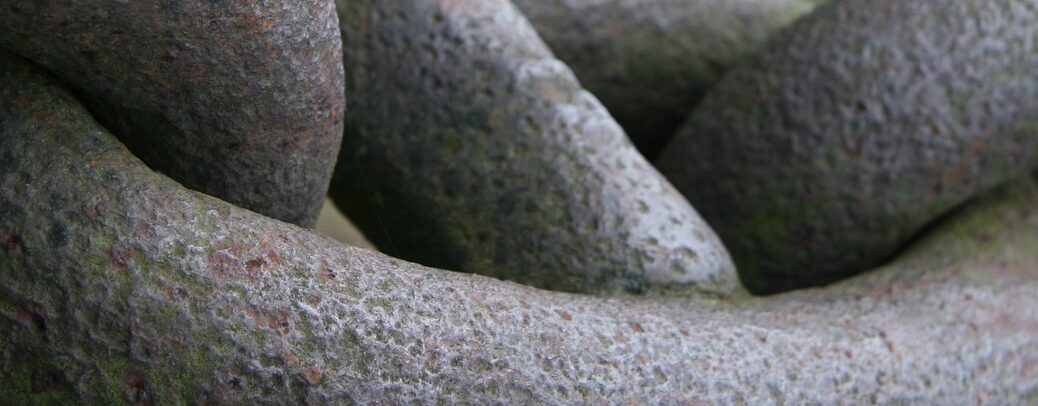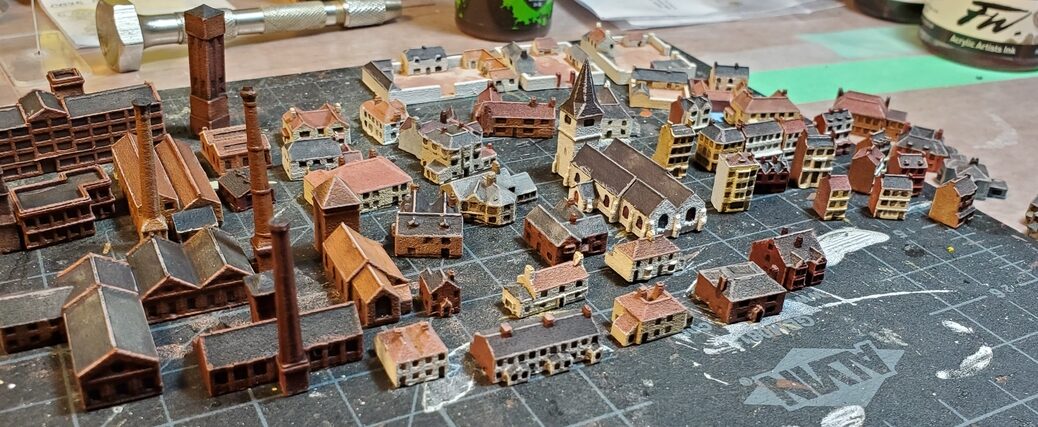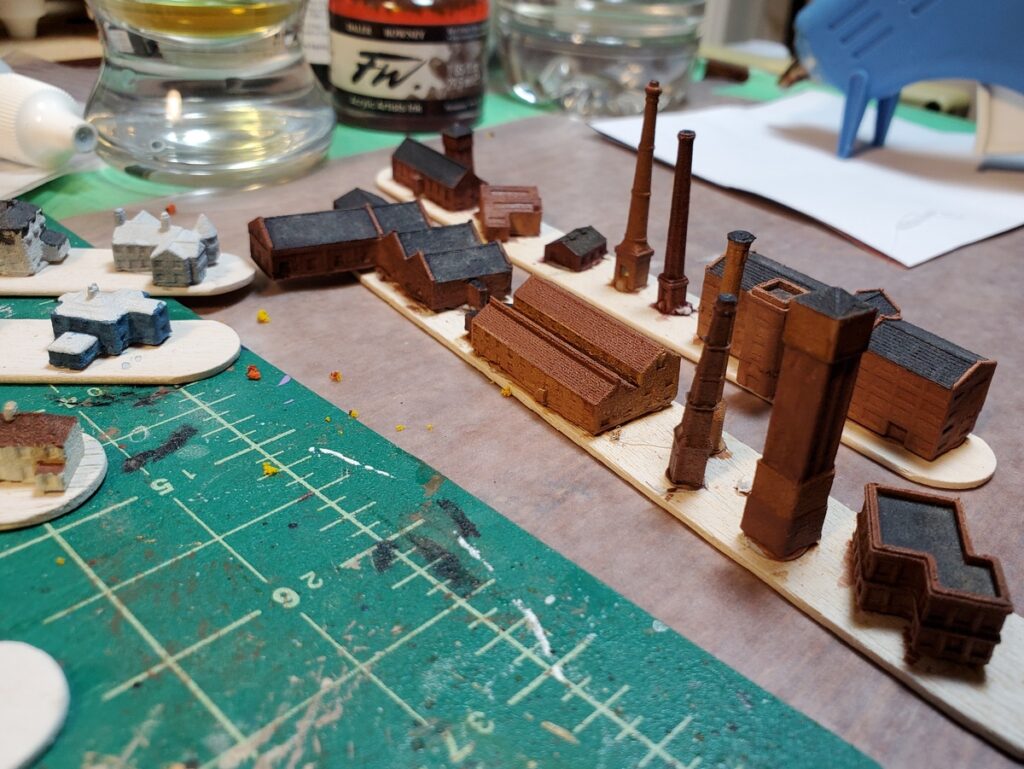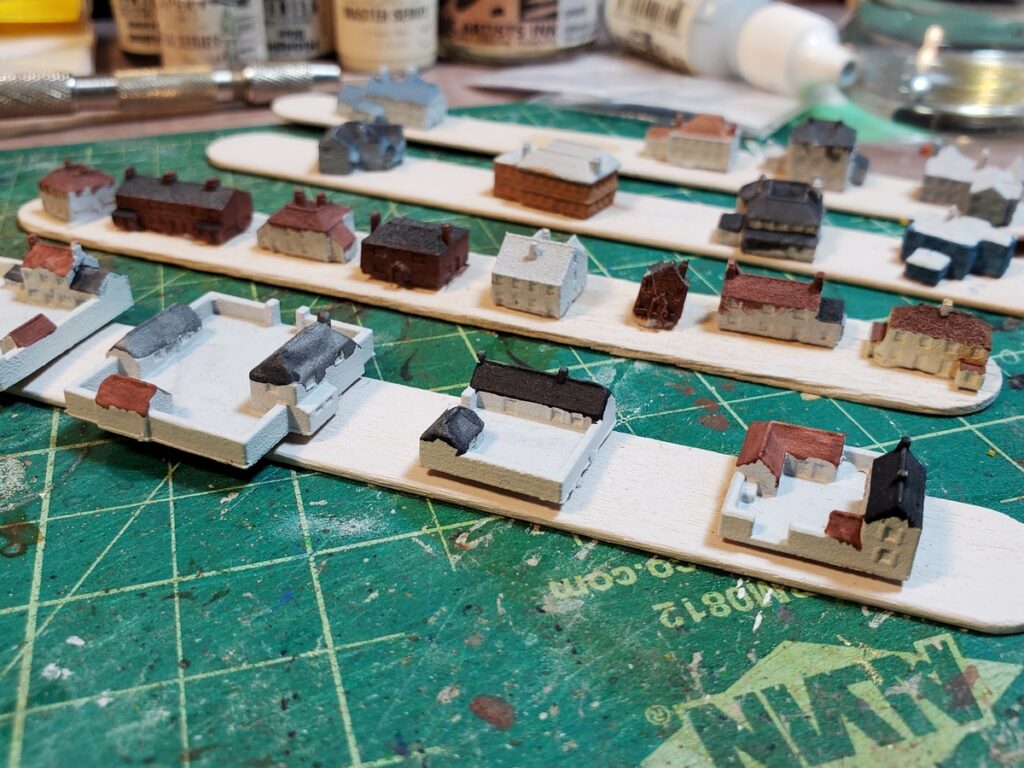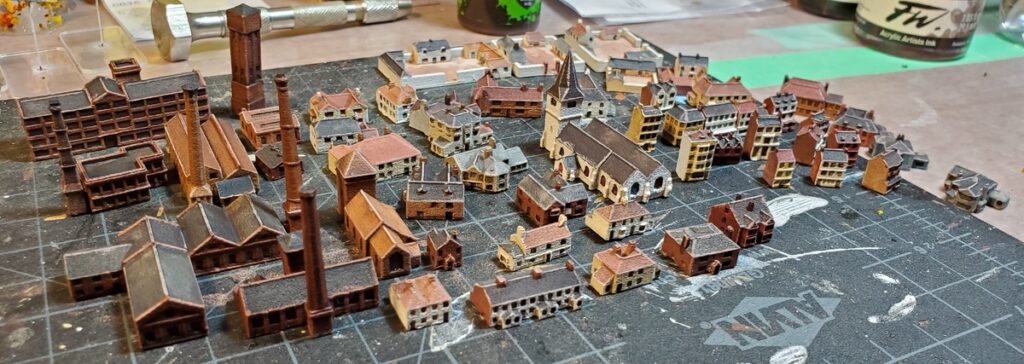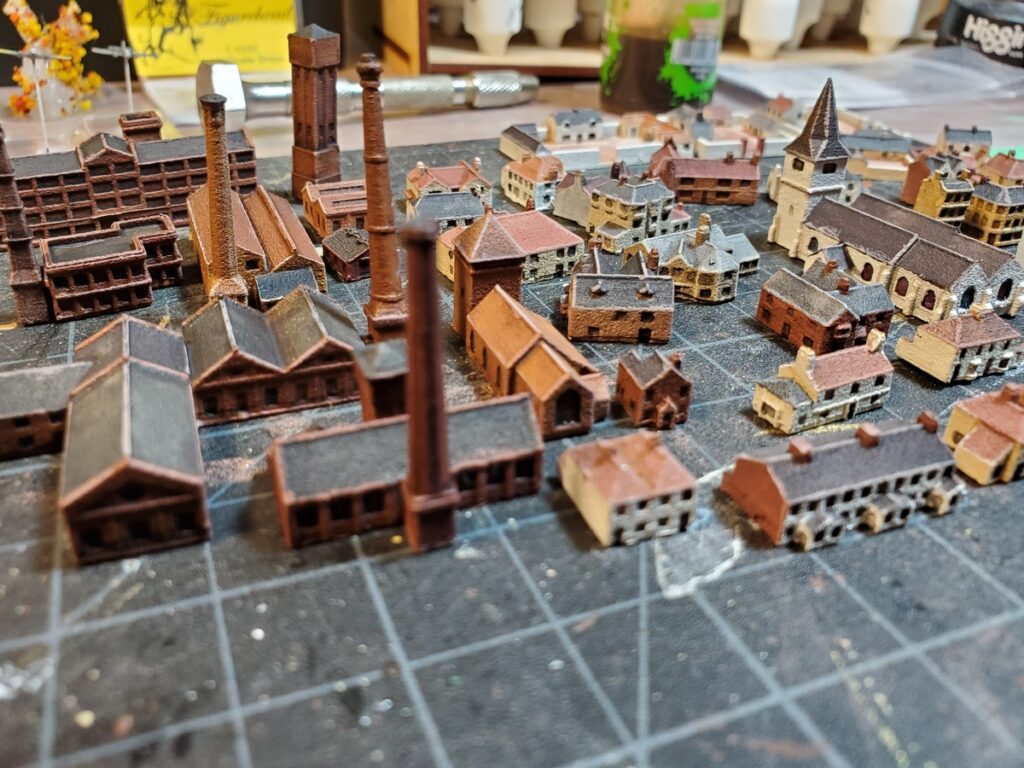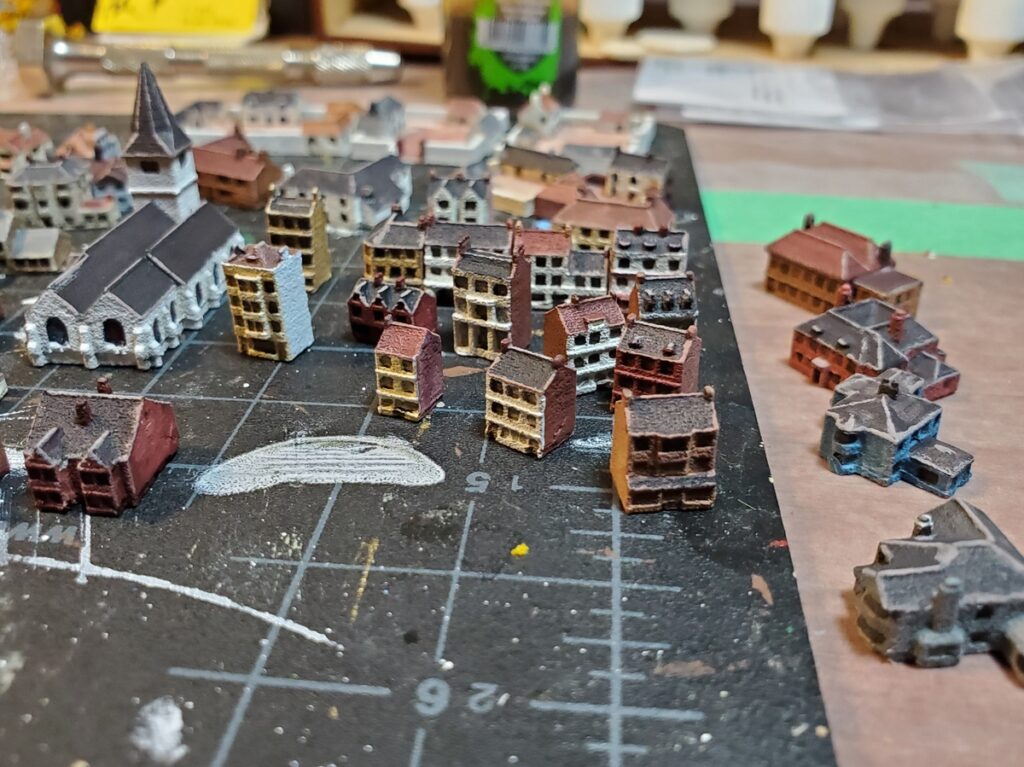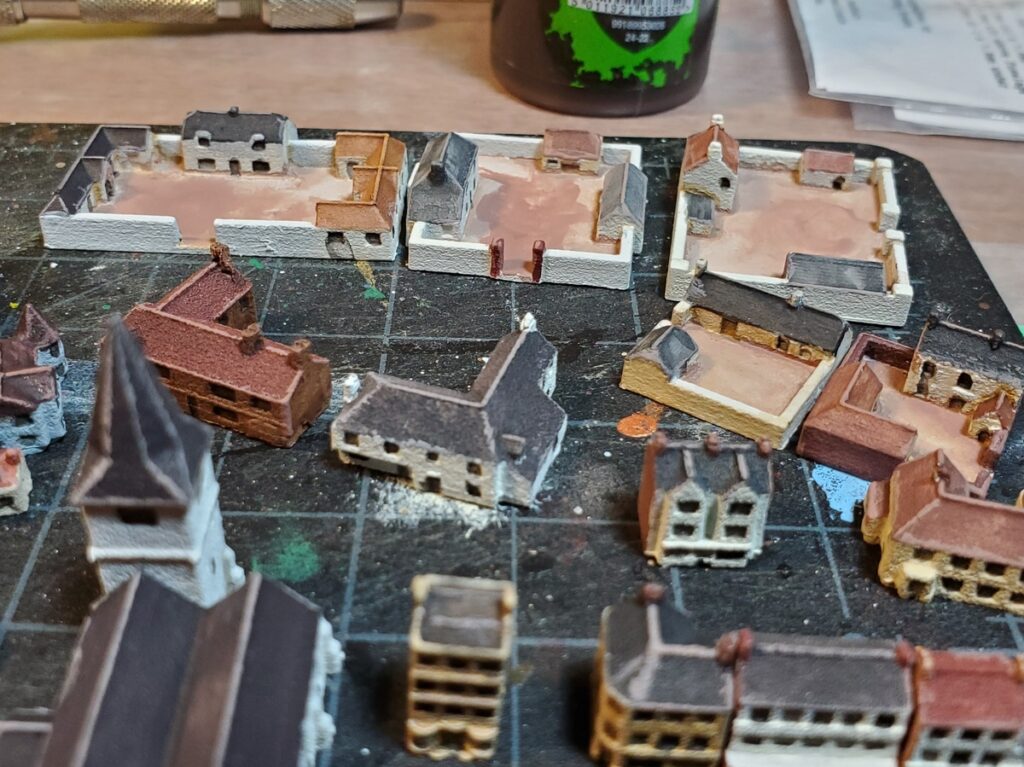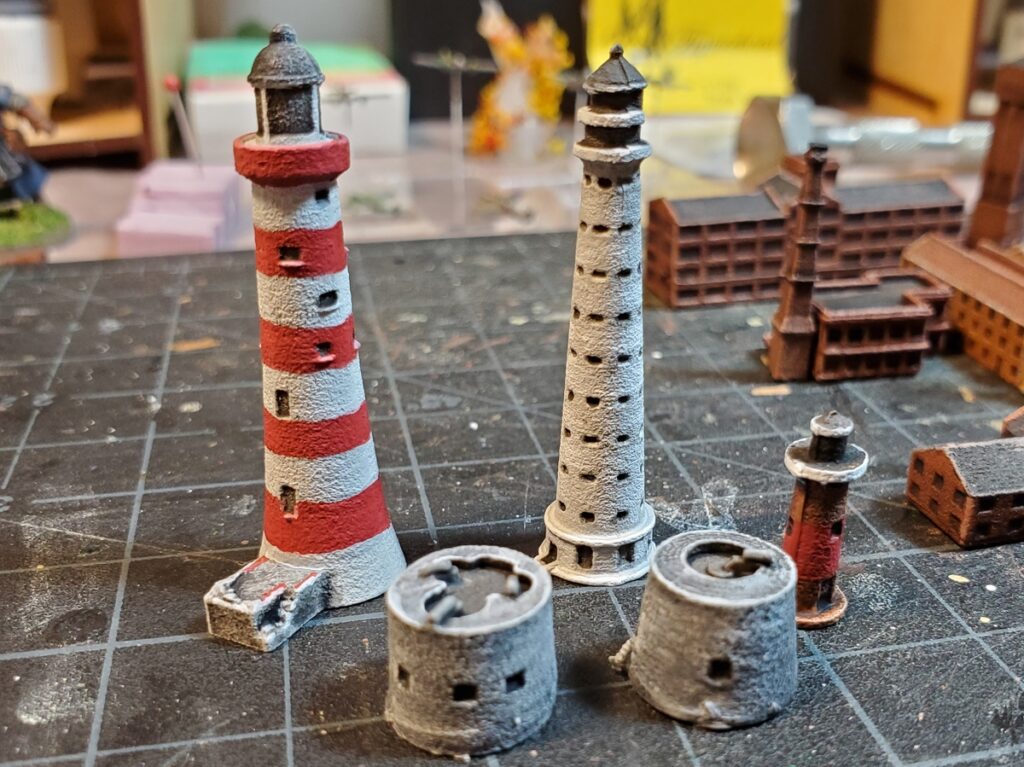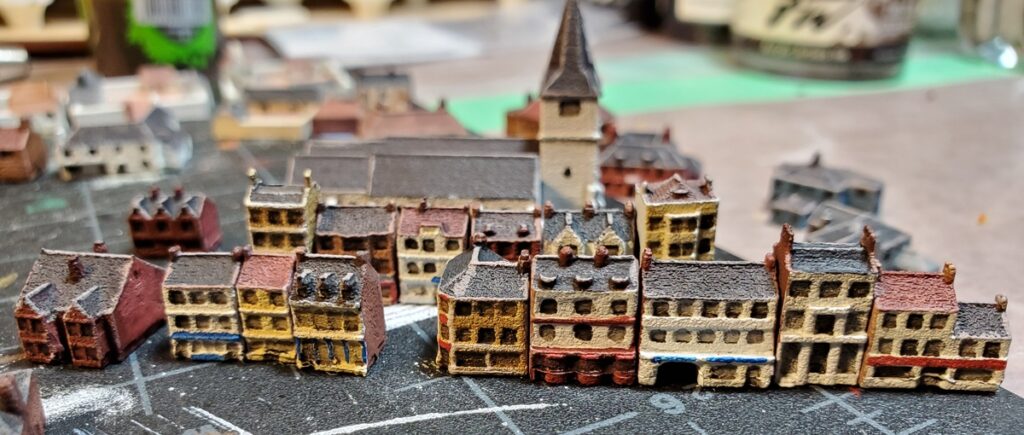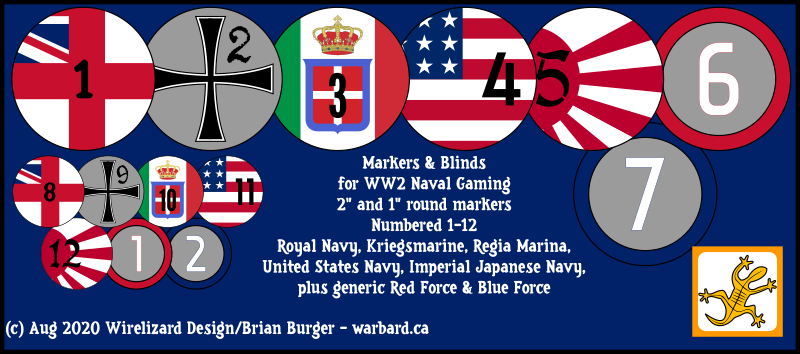Nice little sculpting tutorial on doing feathers in greenstuff from JuanHidalgo Miniatures. I really like short, approachable tutorials like this, it’s something specific to concentrate on if (like me) you’re not much good with sculpting!
Speaking of YouTube, Dr Alexander Clarke has an interesting channel with WW2 and interwar naval stuff, mostly British. Similarly, Drachinifel does mostly WW2 naval history videos as well, more American navy but some others.
Boom & Zoom Graphics have a set of really approachable, humourous, but (far as I can tell) complete introductions to WW2 aircraft markings, painting, and camo, with entries for each of the major combatants. Superb reference for WW2 air if that’s largely a new field to you as it is to me!

